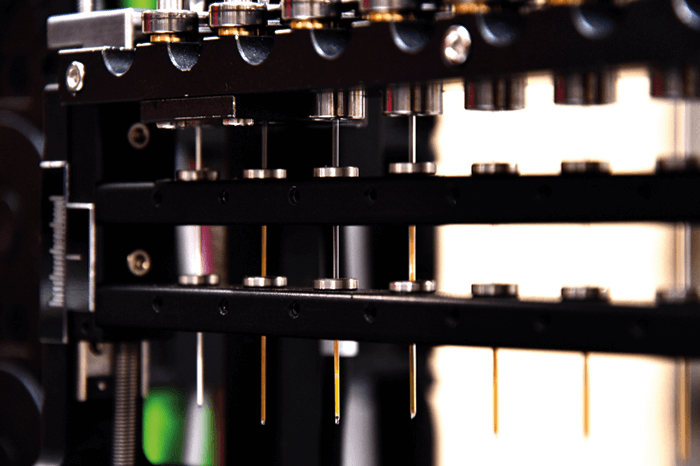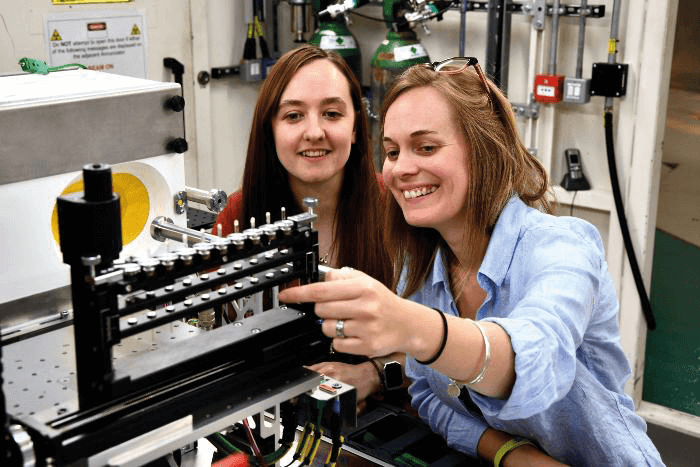

The aptly named Long Duration Experimental (LDE) facility at the UK’s Diamond Light Source allows researchers to conduct repeated experiments over time using synchrotron light.
The first researcher to make use of the LDE (1,000 days ago) was Claire Corkhill from the University of Sheffield, who is using X-ray powder diffraction to investigate the hydration of cements used to encapsulate nuclear waste. The samples are set up on a robotic bench and automatically passed into the beam every week, to see what minerals are formed as the cement reacts with water. This long-term data will be a valuable contribution to our understanding of materials critical to the safe disposal of nuclear waste, and could help design more robust cement mixes for the future.
